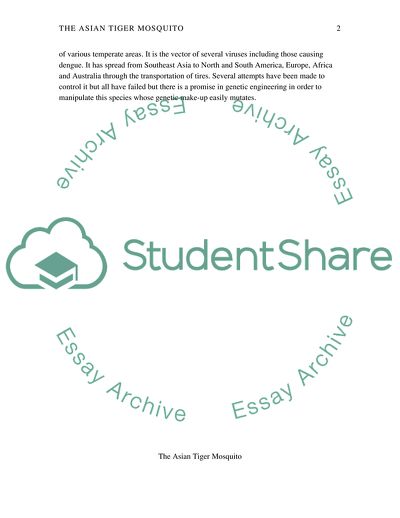Cite this document
(The Asian Tiger Mosquito Research Paper Example | Topics and Well Written Essays - 1250 words - 1, n.d.)
The Asian Tiger Mosquito Research Paper Example | Topics and Well Written Essays - 1250 words - 1. https://studentshare.org/biology/1788079-invasive-species
The Asian Tiger Mosquito Research Paper Example | Topics and Well Written Essays - 1250 words - 1. https://studentshare.org/biology/1788079-invasive-species
(The Asian Tiger Mosquito Research Paper Example | Topics and Well Written Essays - 1250 Words - 1)
The Asian Tiger Mosquito Research Paper Example | Topics and Well Written Essays - 1250 Words - 1. https://studentshare.org/biology/1788079-invasive-species.
The Asian Tiger Mosquito Research Paper Example | Topics and Well Written Essays - 1250 Words - 1. https://studentshare.org/biology/1788079-invasive-species.
“The Asian Tiger Mosquito Research Paper Example | Topics and Well Written Essays - 1250 Words - 1”. https://studentshare.org/biology/1788079-invasive-species.


